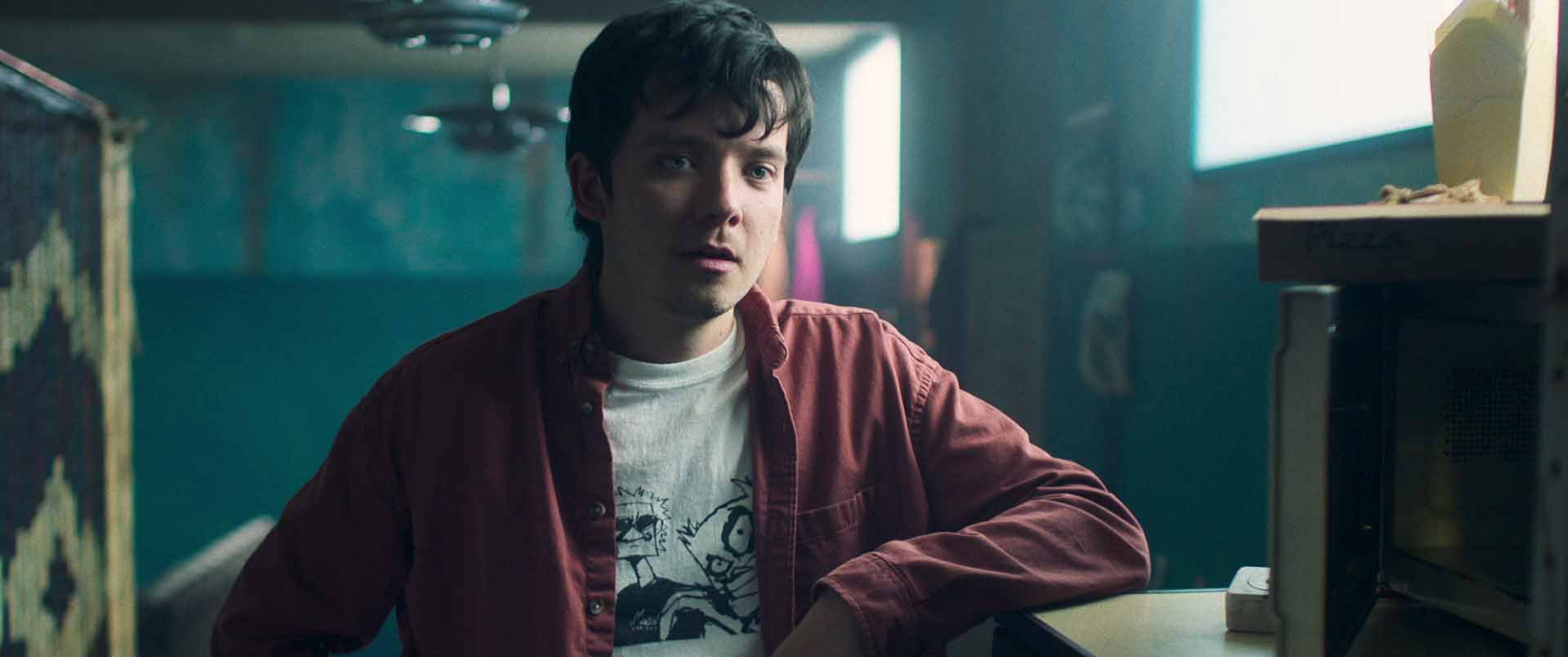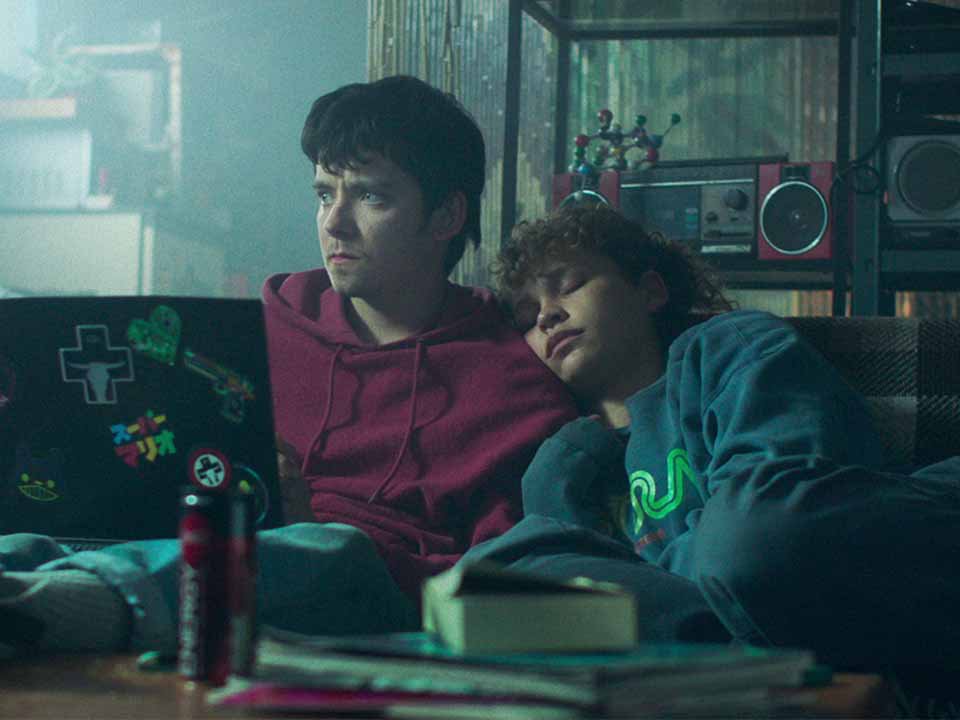
If I asked you to imagine one show or film over the past 5 years that felt nostalgic for the 1980s, I’m sure you could come up with at least three examples.
Since the debut of back in 2016, we’ve been caught in a storm of 1980s nostalgia, cemented by 2017 It’s runaway success. Mullets, glam rock, power dressing and so much more have cycled around to become culturally relevant again, and in no small part due to the grip this decade has on sci-fi and horror media.
A big part of 1980s nostalgia’s powerful allure is that rather than literally recreating the decade, it instead invokes a reflective spirit of how we imagine the period to be – The Babysitter’s neon glows and high school stereotypes or AHS: 1984’s decadent buffet of 80s looks and sounds are our own idealizations of the period reflected back at us, which makes it so appealing.
It’s a period doubly-reflected, first through our own understanding of the decade through the works of John Hughes and Spielberg, and then the distillation of the period down to those cultural snapshots. The actual media of the 1980s was a lot more dark and gruesome, Scarred for Life’s 2nd volume is a great tome of the unsettling and creepy vibes of even 80s kids’ television.
The 1980s also contains one of the biggest explosions of pop culture – MTV began broadcasting in 1981, creating a worldwide musical sensation, and video games like Pac Man and Centipede arrived onto the scene.
It’s easy to capitalize on these cultural origin moments as the likes of Black Mirror’s and did. Likewise, Spielberg’s Ready Player One is essentially a feature-length ‘Spot-the-80s-Reference.’ Even now, filmmakers continue to anchor themselves to the comforting aesthetical stylings of the 1980s, with The Adam Project being one of the most recent examples.

It’s not hard to understand why this period is emulated by so many genre filmmakers. The period saw the rise of Sam Raimi, Wes Craven, Tobe Hooper, David Cronenberg and John Carpenter – they’re all in many ways the godfathers of the new era of provocative, in-your-face horror that we all love today.
Reinterpreting cultural landmarks is a notoriously ambivalent idea, but there’s always undoubtedly an audience for it; older fans will pay to re-enter the world they have fervent memories of, while new audiences will flock in an attempt to replay their imaginative nostalgia of a period they’ve never lived within.
There are even video-game adaptations of these directors’ famous works, with upcoming Evil Dead and Texas Chain Saw Massacre titles among many in the works.
It’s no surprise then that Netflix’s latest video game horror, Choose or Die, takes big inspiration from these directors, and the period of video games’ origin. Set around a challenge to complete a cursed 1980s survival game, it has icons from both the original 1980s like Robert Englund and our modern-day reimagining with the likes of Asa Butterfield of anachronistic Sex Education fame.
However, director Toby Meakins has spoken about taking his own sceptical approach to 80s nostalgia, treating it more as a pervading menace, a cultural ghost in the modern machine. The result is something that is as much fighting the 1980s as it is enveloped by it.
One of the unexpected positive effects of this 80s nostalgia has been how video game movies have used it.
Titles like Free Guy, Werewolves Within, and especially Sonic the Hedgehog 2 have all folded in 1980s-style storytelling homages or narrative parallels – Sonic 2 is evidently pulling a John Hughes number and straight-up homages Risky Business and Road House at points. By tapping into proven story structures from the 80s, we’ve seen a positive rise in the reception of this calibre of film which notoriously has had a sketchy history at best.

However, 80s nostalgia inevitably will fade, due to the 30-year cycle. As discussed by Patrick Metzger, this is when consumers come of age and begin shaping the culture themselves, informed by the memories of their own childhood art and culture.
Research conducted by YouGov and the7Stars shows that the 1990s is now the era most fondly remembered – unsurprising considering how much of an influence Nirvana was on Matt Reeves’ The Batman. However, 1990s nostalgia has already begun to creep upon us, you may just not be aware of it.
Burger King’s marketing redesign has striking similarities to its 90s aesthetic, Nintendo is currently offering a paid subscription service to play iconic games from the Sega Genesis and Nintendo 64, and popular artist Olivia Rodrigo’s Sour has iconography that ranges from Courtney Love to Britney Spears.
The 90s was a time of grungy rebellion, and bold individuality, a far cry from the comforting consumerism we associate with the 1980s.
Even TV shows like Euphoria have begun to pivot to a more 90s-heavy sound, and with heavy-hitters like Yellowjackets having its own cultural moment, it seems the oncoming storm of 90s nostalgia may arrive sooner than later.




















